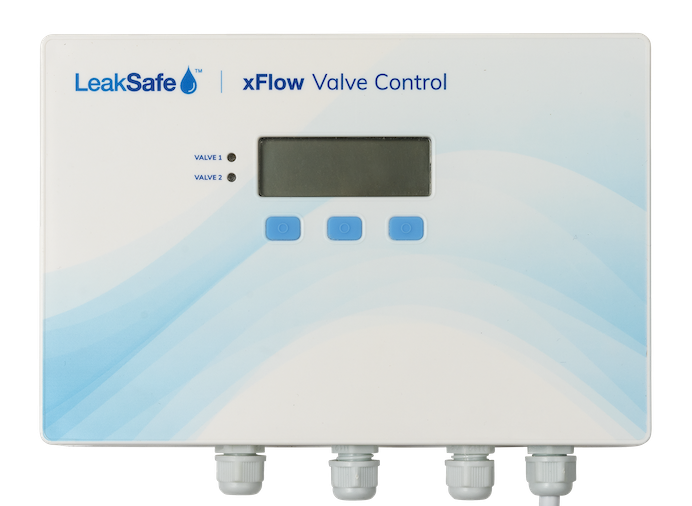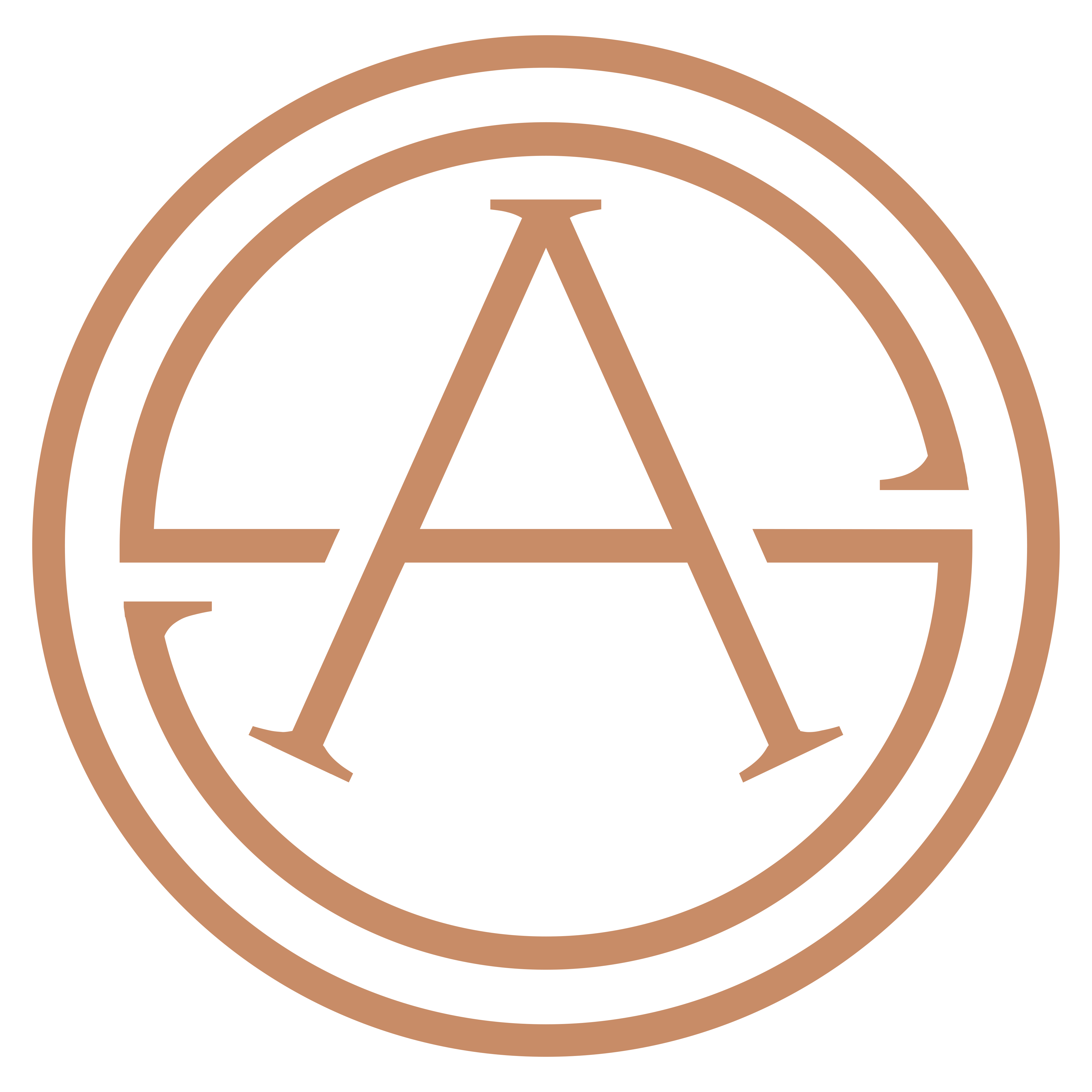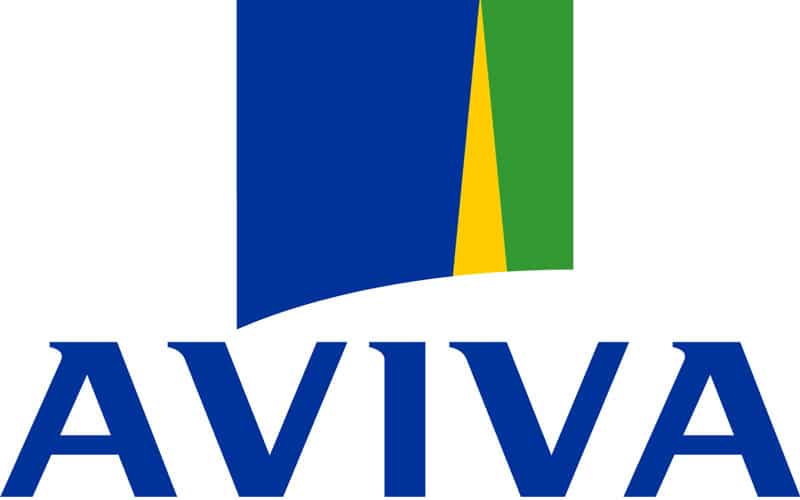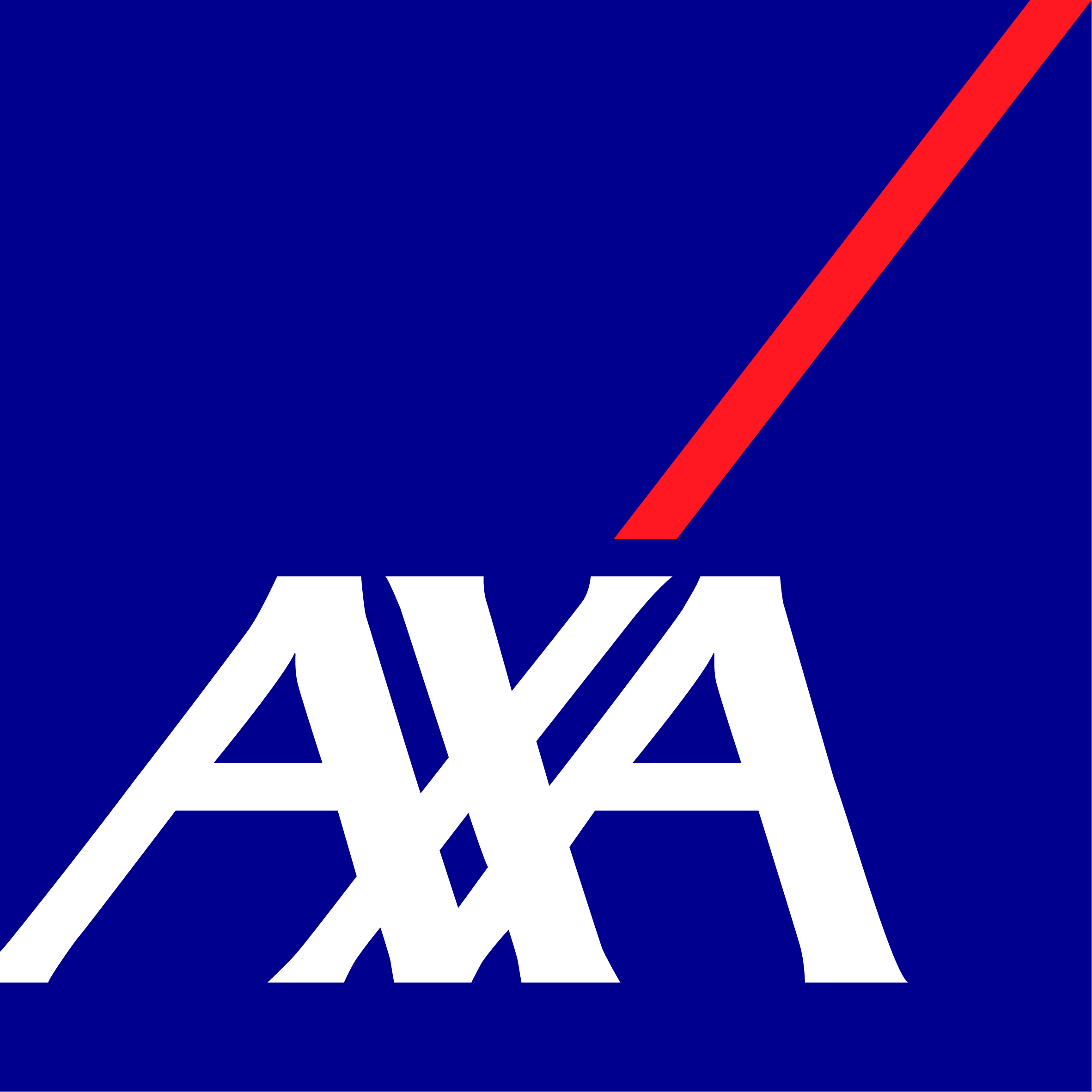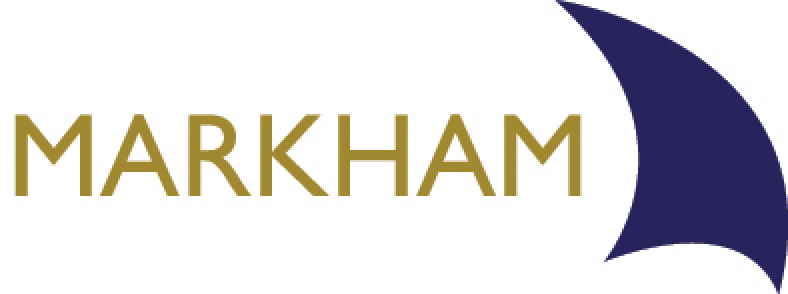A leak occurred one Saturday evening on the third-floor kitchenette of this 5-storey office block. The leak was as a result of a burst braided flexi hose on the water heater under the sink.
By the time the leak was discovered on Monday morning the water had flooded down to the ground floor causing extensive damage to the 4 floors.
Leaksafe were initially asked for a water shut off system to each floor linked to leak detection tape in the various risk areas on the floor.
After a site visit and discussion with the client the installed system included leak detection tape and audible alarms in the WC blocks & kitchenettes that do not shut off the water supply, so that the day-to-day operation of the building is not affected by small leaks in those areas, and a building flow monitoring and water shut off system to capture any larger leaks, or continuous flow that would indicate a leak.
During installation and the first 20 days of use, leak detection tape picked up 3 leaks in WC blocks and several other minor leaks in WCs and kitchenettes.
As part of the commissioning process, Leaksafe audited water use in the building during office hours for a couple of weeks after installation to determine the correct water use thresholds, over which, the system would assume a leak and shut the water off.
As soon as the flow parameters were decided and the flow monitoring system was live, it started to alarm and shut the water off out of office hours.
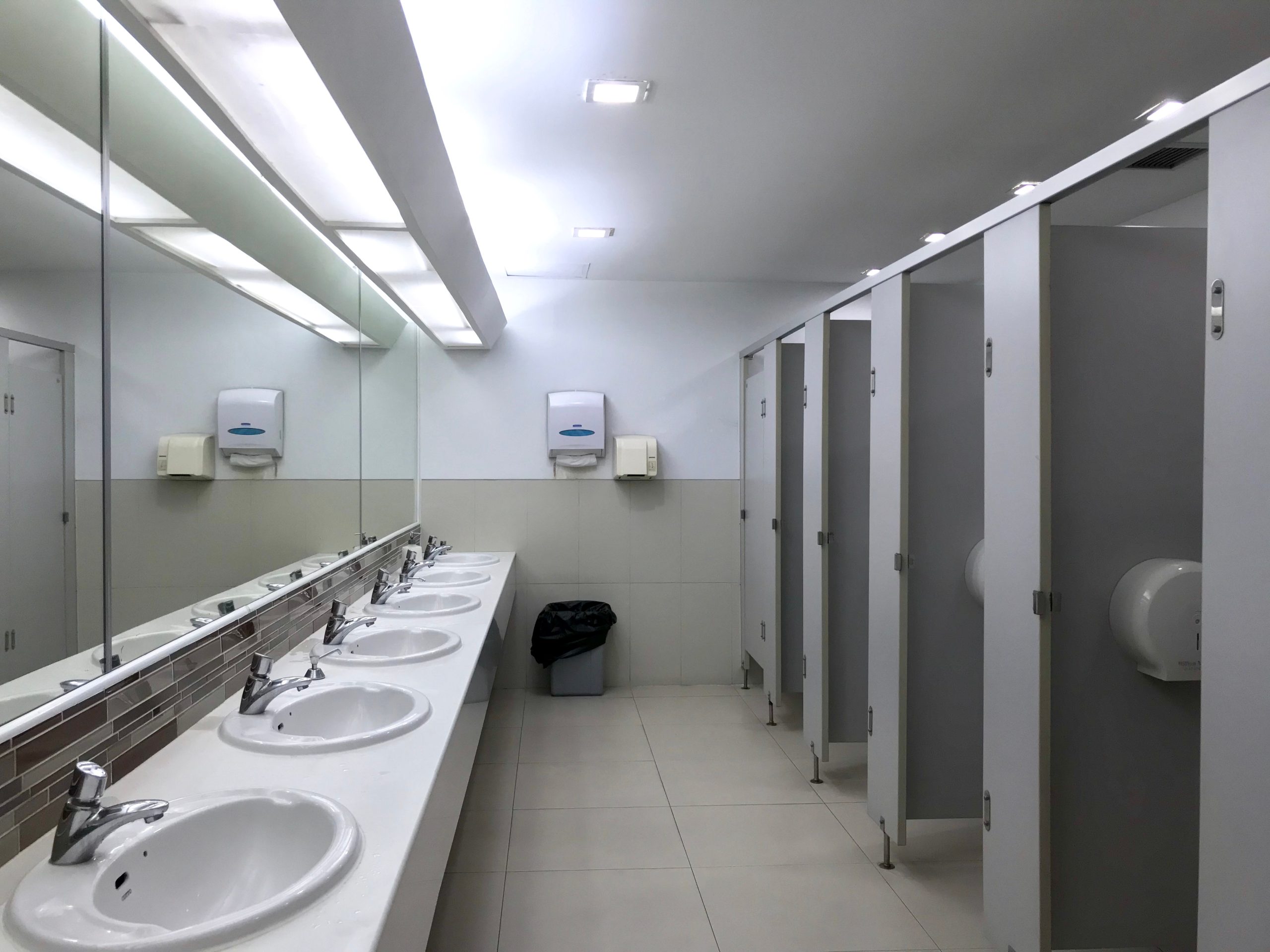
Fortunately, the facilities manager and sustainability manager for the building investigated thoroughly rather than (as often happens) simply increasing the flow parameters so that the system would not alarm.
They found several toilet cisterns in WC blocks were constantly running that on their own accounted for over 300 litres of water use overnight. Double that for the water wasted in the same way during office hours and you have at least 219,000 litres a year literally going down the pan. Not any more.

